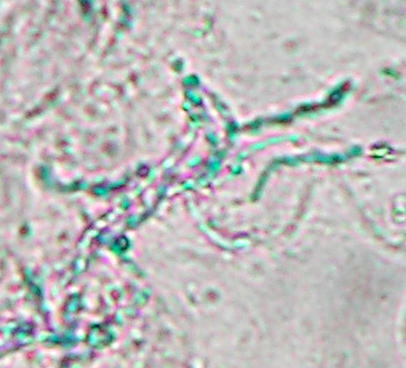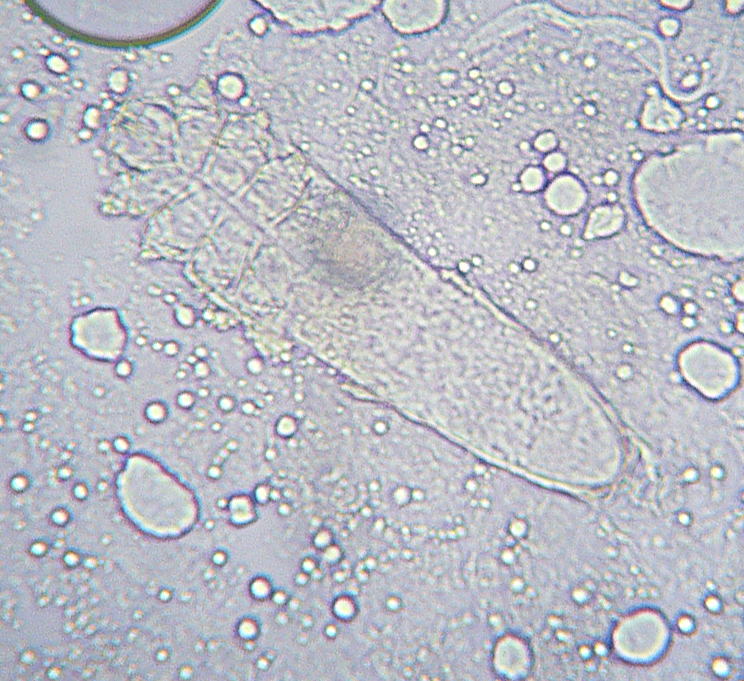Selected publication of ours:
I.
Dekio, H. Hayashi, M. Sakamoto, M. Kitahara, T. Nishikawa, M.
Suematsu, Y. Benno. Detection of potentially novel bacterial components of the
human skin microbiota using culture-independent molecular profiling. J Med
Microbiol 54(12): 1231-1238, 2005.
A.
Ishiko, I. Dekio, A. Fujimoto, K. Kameyama, M. Sakamoto, Y. Benno, M.
Amagai, T. Nishikawa. Abnormal keratin expression in circumscribed palmar
hypokeratosis. J Am Acad Dermatol. 57(2):285-291, 2007.
I.
Dekio, M. Sakamoto, H. Hayashi, M. Amagai, M. Suematsu, Y.
Benno. Characterization of skin microbiota in patients with atopic dermatitis
and normal subjects using 16S rRNA gene-based comprehensive analysis. J Med
Microbiol 56(12):1675-1683, 2007.
N. Yamamoto, I. Dekio, T. Ebihara. Quantitative analysis of the change in cutaneous microbiota
during the treatment of refractory acne vulgaris using chemical peeling
and oral antibiotics. Aesthetic Dermatology 19(2):,106-110, 2009. (In Japanese)
M. Miura, I. Dekio, Y. Yamasaki, M. Ohyama. Sparing of the bulge area could preserve intact
lower portion of hair follicles in a case of tufted folliculitis. J Eur
Acad Dermatol Venereol, 23(1):87-89, 2009.
I. Dekio, Y. Chinuki, M.
Furumura, E. Morita. Recurrent Kaposifs varicelliform eruption successfully
controlled by low-dose oral valaciclovir. J Dermatol Epub on 5 Apr 2011.
This work was partly supported by Grant-in-Aid 22791073 from the Ministry
of Education, Culture, Sports, Science and Technology (MEXT) of
Any enqueries please contact: ![]()
![]()
Copyright Skin Microbe Lab, all rights reserved.



